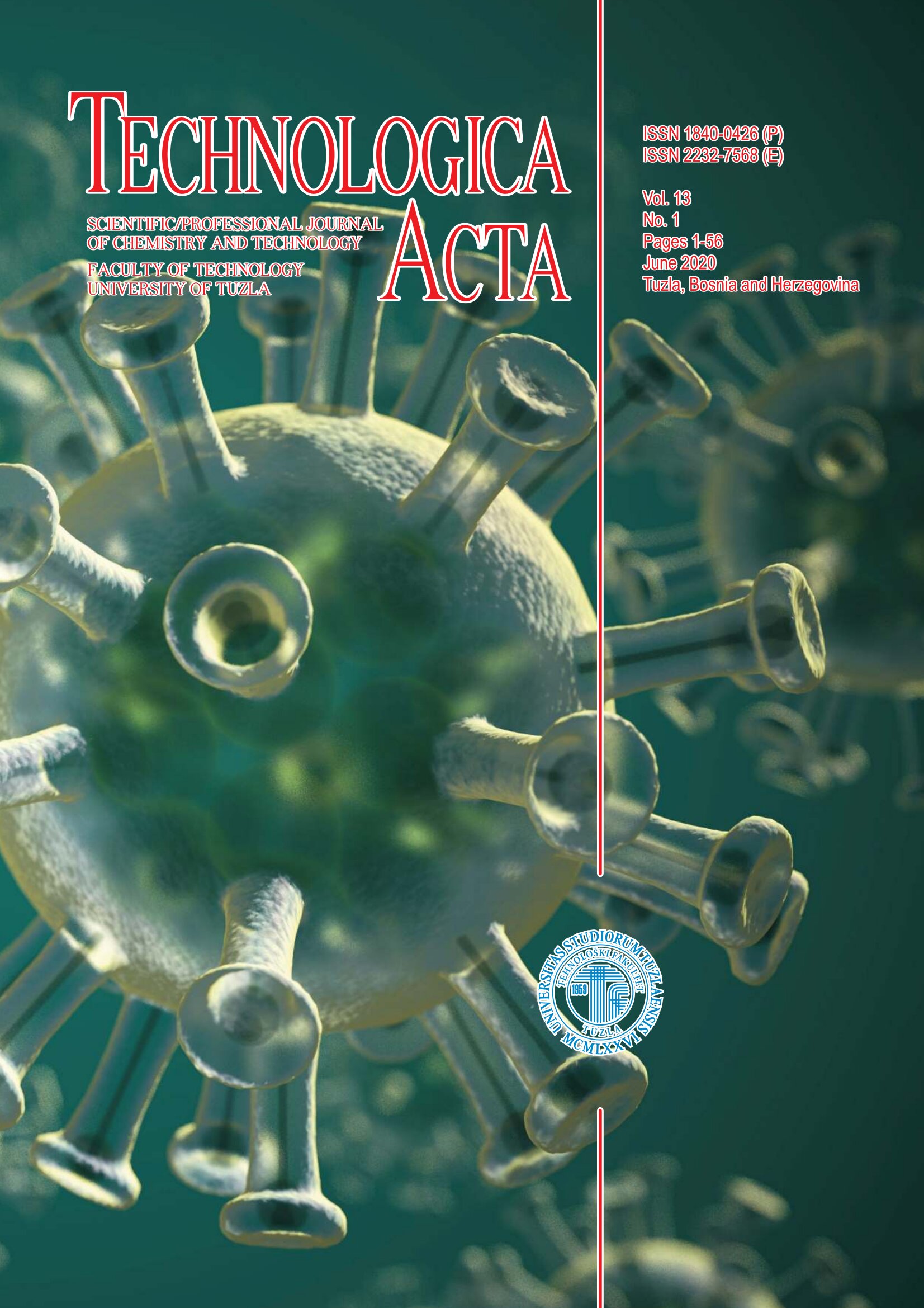The effect of different methods for production of crackers on their physical and sensory characteristics
Keywords:
crackers, physical characteristics, biscuitsAbstract
The aim of this study was to compare the physical and sensory characteristics of crackers obtained by three different methods. To obtain the crackers by the first method, the dough was allowed to ferment for 16 h at 26 0C. In this method, fat (shortening) was added in the form of an oil-based semi-finished product. The second formulation differs from the first formulation by the time of fermentation (2 h) and the way in which the oil was added. Using this method of cracker production, fat was added in the form of lumps in the dough itself. The difference between the third and the first two methods was the raising agents used (the third method uses NaHCO3 and the first two pressed yeast) and the lack of fermentation. The following were examined: temperature and pH before and after fermentation, fermentation loss, thickness, diameter, volume, color and sensory characteristics of the crackers obtained. The results showed that the temperature during fermentation increases and the pH decreases. The crackers obtained from the dough, which fermented for 2 hours, had the greatest thickness, diameter and volume. From the sensory analysis, it became clear that the crackers obtained by first method was the most appreciated.


